Herbs for Children
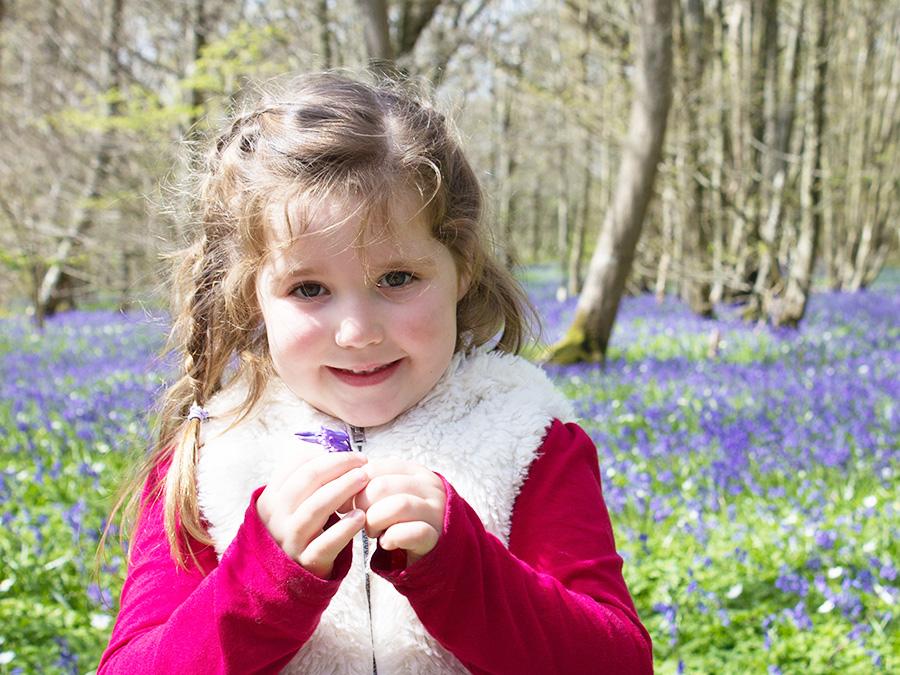
Introducing Herbs to Children
Herbs and spices should be a part of a child’s eating-life as much as adults. Baby food is so often bland because parents do not add these ingredients or shop bought versions leave them out. Hot spices may not be suitable for babies and some children but other herbs are excellent. They are a natural way of supporting the early immune system through the gut and digestive health. They also assist with warding off bacteria and viruses by as many culinary herbs are anti fungal, anti bacterial and anti microbial.
Introducing herbs and spices into a child’s diet should be done slowly, introducing one thing at a time in very small quantities. It’s a positive thing for children to associate yummy food and eating in itself with the flavor of herbs and spices. In India or Italy; mothers do not separate children’s food from adult’s food so children grow up with these flavors as ‘every day.’ A life without turmeric or basil in those cultures would be strange – so why make it different in the US?! By using herbs and spices in their diet as children they are more likely as adults to choose healthy ‘interesting’ tasting food and not be afraid to try new foods.
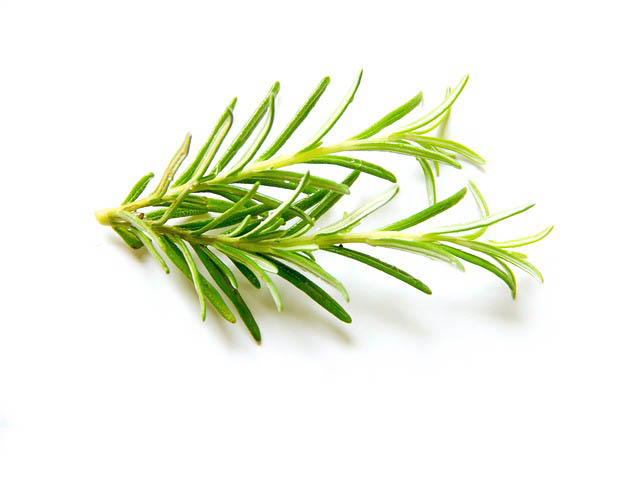
Rosemary
Culinary herbs/spices to introduce to children include:
• Garlic
• Basil
• Rosemary
• Lemon balm, mint and spearmint
• Oregano
• Fennel
• Caraway
• Thyme
• Turmeric
• Ginger
• Onions (red are ‘softer’ in taste than white)
Think about growing herbs with your children as a fun project and then show them how you can use them in food. Basil is a great beginner’s example. Basil is a member of the mint family and it is rich in antioxidants and antibacterial properties. It is also a good source of vitamins A, C, iron, calcium and potassium.
Herb basics for children
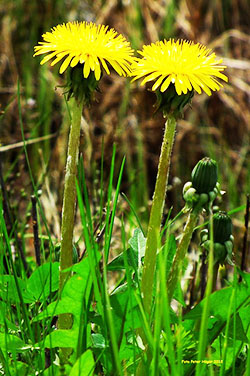
Dandelion leaf
Dandelion leaf
– Gentle kidney and bladder support. Leaves can be dried and made into a tea or as 1 capsule given a day. Do not give children the root.
– Can also be given to children with urinary tract infections (although seek professional medical advice of your GP as well as urinary tract infections can be painful and serious).
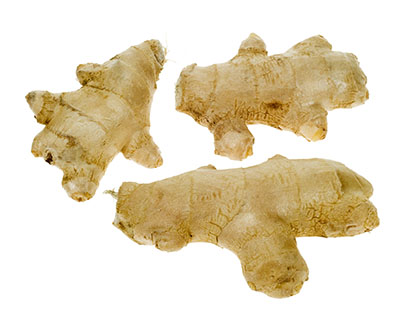
Ginger root
Ginger root
– Can be made into a fresh tea to warm a child
– Helpful for upset tummies or during illness (a good anti-viral, anti-bacterial, antifungal herb)
– Ginger sweets are good for travel sickness
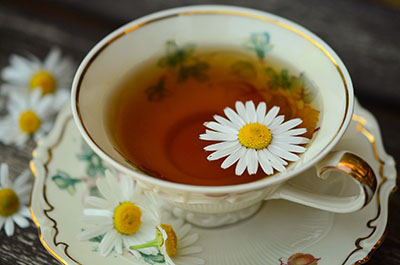
Chamomile
Chamomile
– Chamomile tea in a bottle is excellent for bedtime to soothe and calm toddlers
and children.
– Great for upset or unsettled tummies
– Good for children who seem anxious or worried, to calm and relax them
– Can be given as capsules or 1ml of tincture may be given from 1 years old, 2ml for a 2 year old (increase the ml by age).
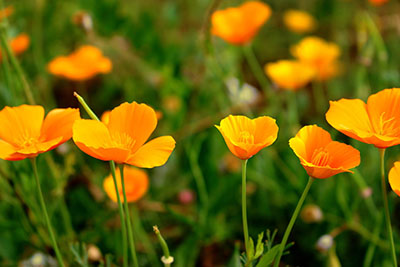
California poppy
California poppy
– Children should never be given a sedative herb like valerian. So another relaxing herb alongside chamomile or lavender; is Californian poppy. You would be able to get this from a herbalist who
can give you a child’s dose depending on age.
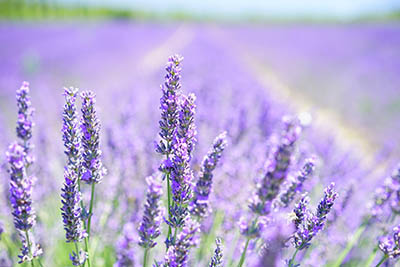
Lavender
Lavender powder
– Good for children who seem anxious or worried, to calm and relax them
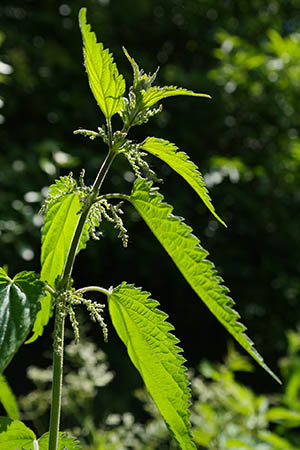
Nettle
Nettle leaf
– Contains trace minerals – good levels of iron and calcium for growing children.
Siberian ginseng powder / capsules
– Good for children who complain of tiredness (check iron and B12 levels as well with GP). Children who are very active (sports) or have a lot of studying / exams. Good to use if a child has been ill for a while as a ‘tonic’ / recovery herb.
Echinacea (under supervision / prescription from a medical herbalist)
Sea vegetables and land grasses
Getting superfoods and herbs in an infant’s diet is really nutritionally supportive. Powdered greens like wheatgrass, barley grass, spirulina, chlorella and other seaweeds can all be mixed with fruit juice (unsweetened), smoothies or pureed foods (do not add to hot foods or heat to avoid important enzymes being killed off).
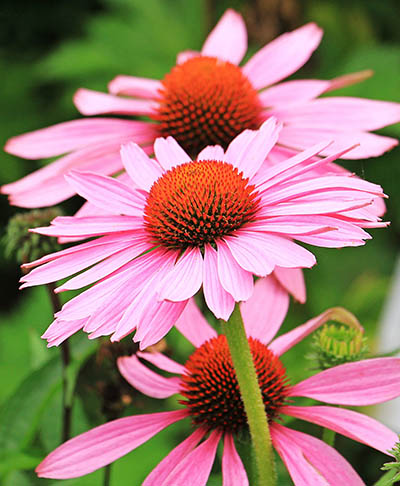
Echinacea
Dr Schulze’s superfood can be given to infants once on solid food. Give a ¼ of a teaspoon and monitor stools (if they are too loose, you have given them too much). Herbs can be ‘snuck’ into their diet through raw smoothies too.
Smoothie ingredients
– Baobab fruit powder (beta carotene for the respiratory tract and eyes and also calcium and vitamin C)
– Green powders (B vitamins, trace minerals, enzymes, alkalizing).
– Nettle leaf (minerals)
– Lavender powder (calming, soothing, good for anxious children)
– Cinnamon powder (sweet taste, good for blood sugar, warming)
– Home-made almond milk is nutritious!
Want to learn more? Enroll on the Herbal Remedies Course today!
Articles on this website are based upon the opinions of their respective author(s). None of the information on this website is intended as medical advice nor replaces the advice of a qualified health care professional.
